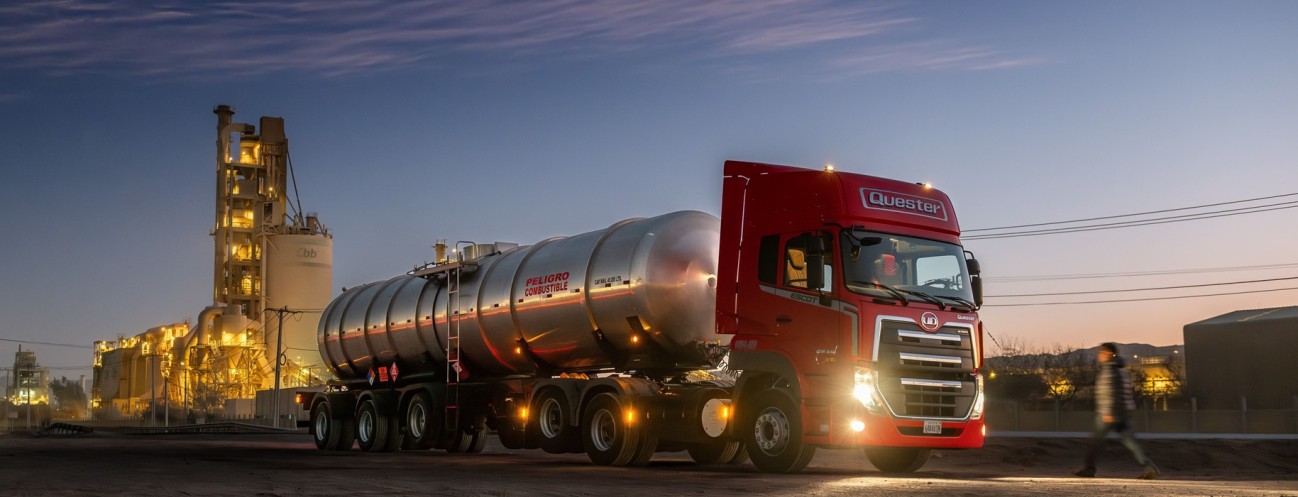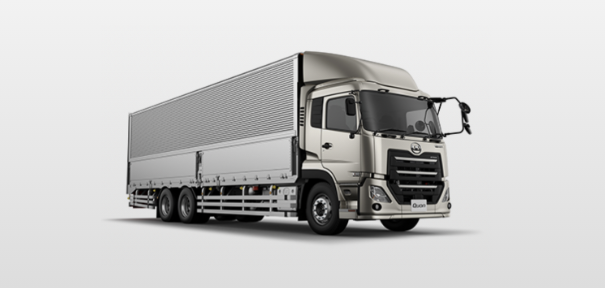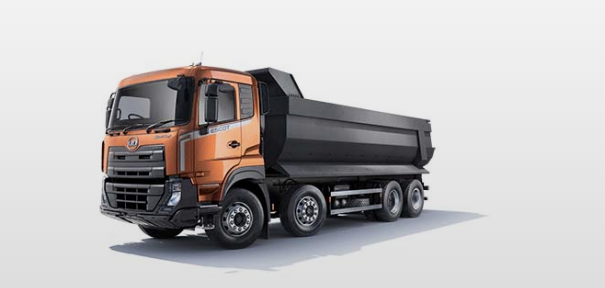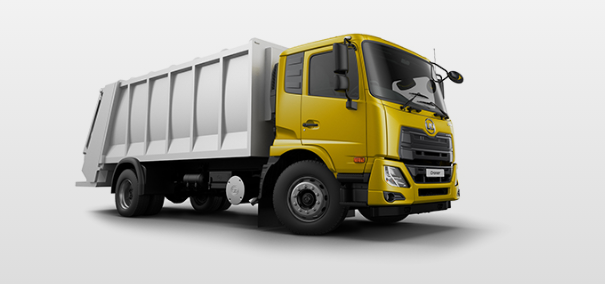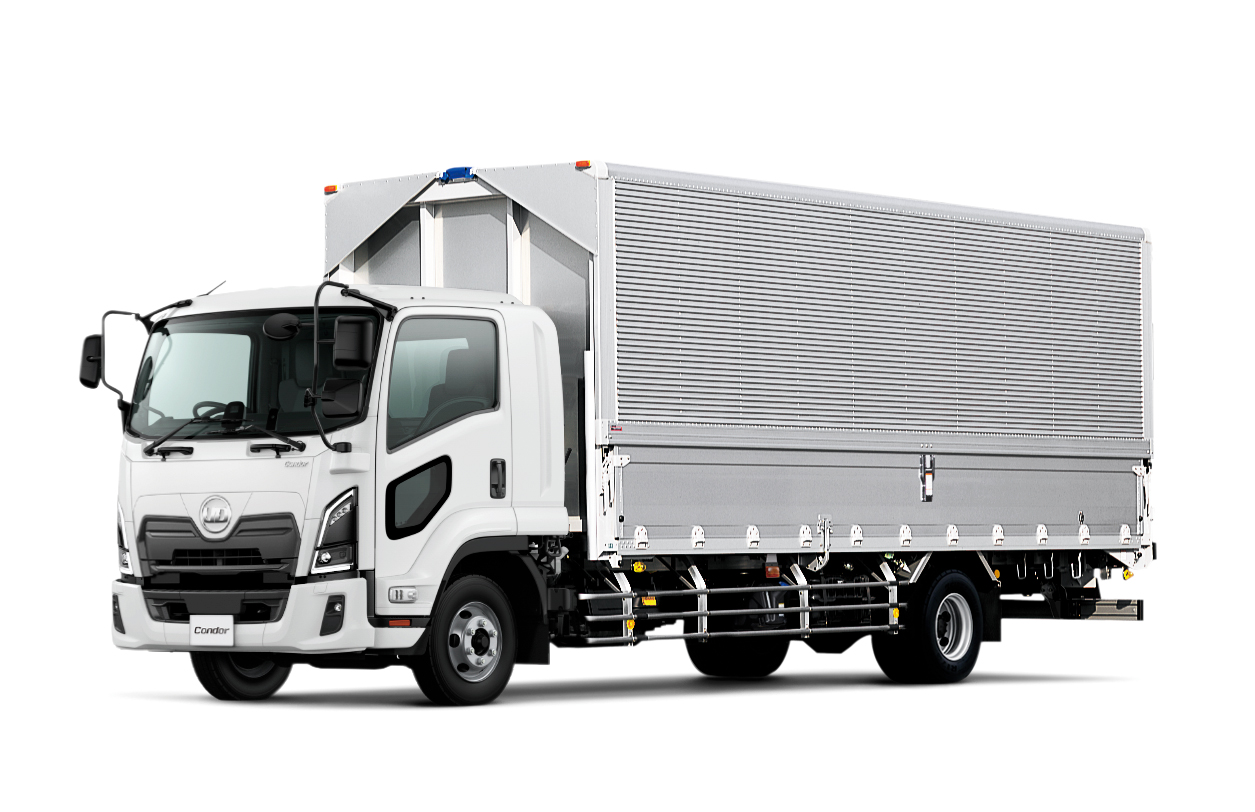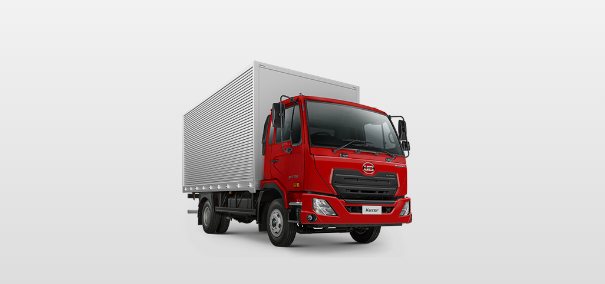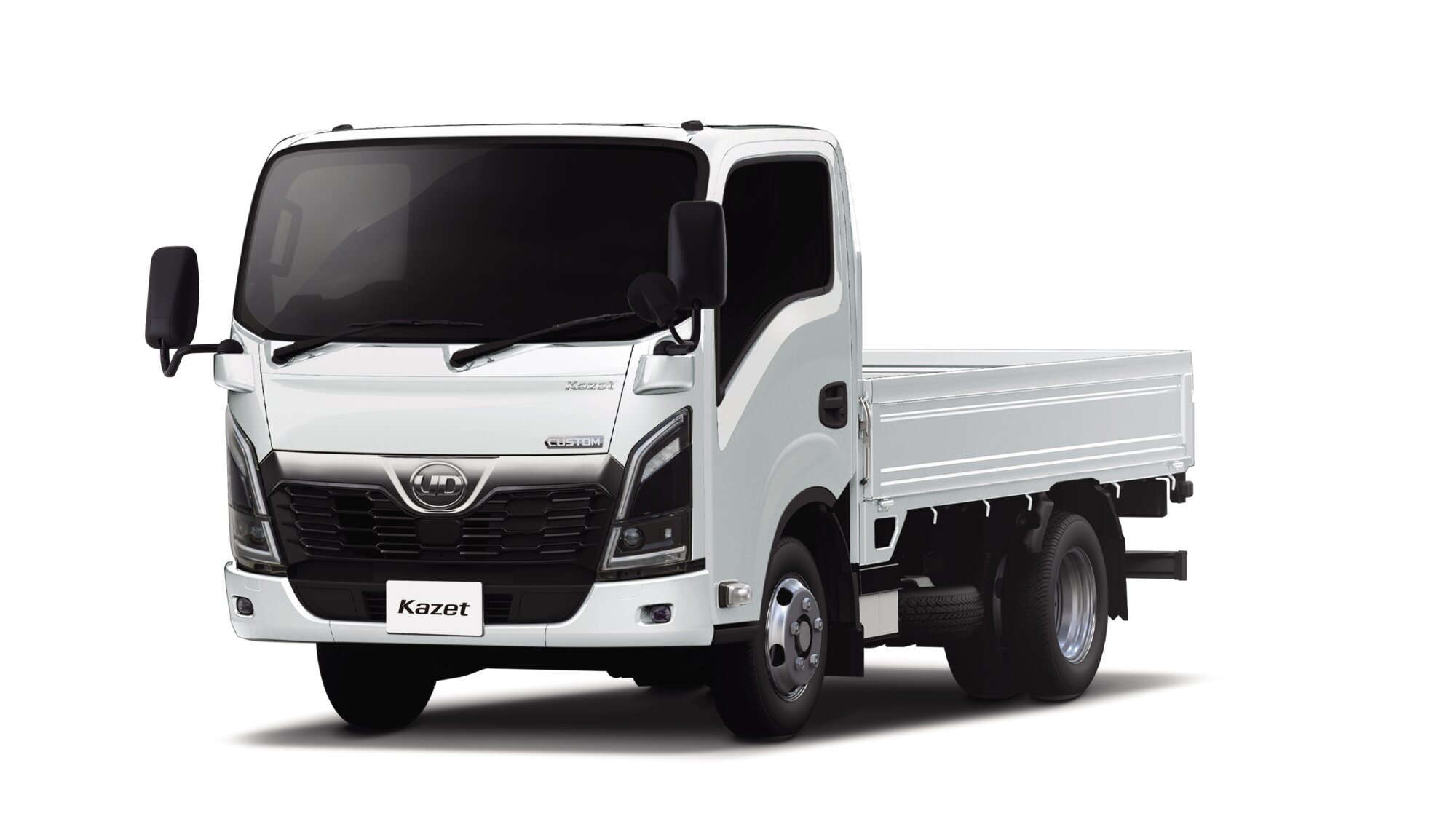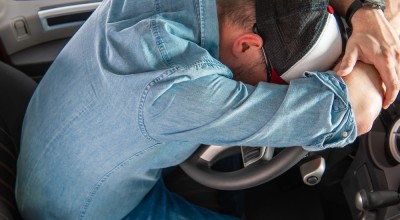Cargo shift poses a serious risk in road freight, yet the right countermeasures can prevent incidents. Typical triggers include overloading, improper loading methods, road-induced vibration, and abrupt driving maneuvers.
This article covers the underlying causes of cargo shift, real-world accident cases, effective prevention strategies, and safe-driving techniques—essential knowledge for fleet and logistics operators.
Main causes of cargo shift

Understanding the root causes of truck cargo shift is the first step toward prevention. Key contributing factors include overloading, improper loading methods, vibration during transit, and abrupt driving maneuvers.
Instability from overloading
Overloading is one of the leading causes of cargo shift in trucks. Exceeding the legal load limit raises the vehicle’s center of gravity, sharply increasing the risk of rollover on curves or inclines.
Excess weight also extends braking distances, makes steering heavier, and places excessive strain on the tires. As a result, overall handling performance deteriorates, making the vehicle difficult to control and the likelihood of load overhang or cargo shift rises significantly.
Instability from improper loading
Improper loading significantly increases the risk of cargo shift–related accidents. Placing heavy items on top can cause cargo to collapse even under minor vibrations. The fundamental rule is “heavy items at the bottom, lighter items on top.”
Gaps between cargo items allow movement during transit, and sudden braking or vibrations can trigger a chain reaction of collapse. In addition, insufficient tension on ropes or belts, improper knotting techniques, and the use of worn or damaged securing equipment can all lead to inadequate load restraint, increasing the likelihood of cargo shift while the vehicle is in motion.
Impact of transit vibrations
Driving on rough roads or over speed bumps transmits both vertical and lateral vibrations to the cargo bed. Repeated deceleration and stops in construction zones can also gradually loosen tie-down equipment.
Furthermore, the inherent vibrations of diesel engines—amplified by aging vehicle structures—can compromise cargo stability over long periods, increasing the risk of cargo shift during transit.
Inertial forces from sudden maneuvers
Sudden maneuvers—such as rapid acceleration or hard braking—apply significant inertial forces to cargo. Sharp steering inputs or abrupt cornering generate centrifugal and lateral inertial forces, which can cause even well-secured loads to shift or topple.
In particular, sudden lane changes in a fully loaded vehicle substantially increase the risk of a rollover accident, posing serious safety hazards for both the driver and surrounding road users.
Major accidents from cargo shift

Cargo shift in trucks is a serious factor that can lead to accidents causing injuries, fatalities, and large-scale road closures. The following are three notable cases—both domestic and overseas—that demonstrate the severe consequences of such incidents.
India: Fatal mango truck rollover
In July 2025, a truck carrying approximately 40 tons of mangoes overturned in the southern Indian state of Andhra Pradesh. The accident resulted in at least nine fatalities and 11 injuries.
Police reported that the accident was likely due to overloading, as around 20 workers were seated on the truck bed. When the vehicle overturned, wooden crates of mangoes fell, causing numerous casualties. In India, fatal traffic accidents occur frequently due to factors such as overloading, poor road conditions, and reckless driving.
Japan: Fatal accident from 18-ton overloading
In September 2018, a fatal accident occurred at a prefectural road intersection in Wakaba Ward, Chiba City, when a large trailer overturned and crushed a small passenger car in the oncoming lane, killing three members of the same family. The trailer was overloaded by approximately 18 tons beyond its maximum capacity, transporting about 47 tons of scrap metal and other materials.
The overloading made it difficult to control the vehicle, and it is believed that while descending a slope and attempting a left turn at the intersection, the driver failed to complete the turn, causing the trailer to overturn. The driver’s employer not only allowed the overloading but was also referred to prosecutors for violating the Road Transportation Vehicle Act by operating a freight transport business without proper authorization.
Australia: Accident from scattered metal debris
In February 2025, a major accident occurred in Sydney, Australia, when a truck carrying scrap metal lost part of its load, scattering 750 kilograms of sharp metal fragments across a highway. The incident affected more than 300 vehicles.
While traveling at high speed, the unsecured cargo was ejected from the truck bed, leaving following vehicles unable to avoid the debris and resulting in multiple collisions. This case illustrates how the lack of proper load securing and inspection can lead to widespread damage.
Cargo shift prevention measures
Preventing cargo shift requires a comprehensive approach: proper loading and securing practices, as well as driving techniques that avoid triggering load movement. This section examines key preventive measures in detail.
Optimizing cargo loading
The foundation of cargo shift prevention lies in correct loading practices. Maintain proper weight distribution by placing heavier items at the lower or central sections of the bed and lighter items on top to keep the center of gravity low. Distribute weight evenly across the cargo area to avoid localized overloading. Recommended stacking methods include “brick stacking” and “crib stacking,” which create a mutually supporting structure between items.
Brick stacking offsets each row, interlocking the cargo to improve stability, much like laying bricks. Crib stacking alternates layers in perpendicular directions, similar to stacking timber, enabling the load to support itself from multiple angles.
These methods help prevent chain-reaction collapses. Where gaps exist between items, fill them with dunnage or wooden chocks to eliminate movement space and minimize vibration-related cargo shift during transit.
Using securing equipment effectively
Selecting and correctly using appropriate securing devices is equally critical in preventing cargo shift. Choose lashing belts of suitable width based on cargo size and weight to ensure firm restraint, and always use edge protectors to prevent belt damage. For steel materials, construction machinery, or other heavy-duty loads, employ high-strength wire ropes with turnbuckles.
Installing dedicated rails or stoppers on the bed can further prevent lateral movement and enhance restraint reliability. Since loosening due to vibration is inevitable during transit, check and retighten all securing equipment before departure and during each rest break on long-haul trips.
Controlling inertial forces
To reduce cargo shift caused by vehicle maneuvers, avoid sudden starts and hard braking. When loaded, allow more time for acceleration and deceleration compared to driving empty, minimizing inertial forces on the cargo. Use engine braking in combination with the foot brake to decelerate gradually.
On highways, maintain awareness of upcoming traffic conditions—for example, at 90 km/h, anticipate events up to roughly 500 meters ahead. Change lanes early and take at least three seconds to complete the maneuver to reduce lateral inertia on the load. Additionally, when operating above the nominal load, assume braking distances will double compared to an empty vehicle and maintain sufficient following distance.
Driving for road and weather conditions
Driving in accordance with road and weather conditions is essential to preventing cargo shift. Slow down before entering curves and maintain a steady speed throughout to avoid lateral movement caused by centrifugal force. In wet conditions, reduce speed to about 70% of normal straight-road driving speed and adjust for the reduced road-surface friction.
During strong winds, further reduce speed to maintain vehicle stability against crosswinds. On rough roads or in construction zones, drive at low speed, and come to a brief stop before passing over bumps to minimize impact and reduce vibration-related cargo-shift risk.
Ensuring transport safety
Preventing cargo shift starts with avoiding overloading, maintaining proper weight distribution, and securing loads correctly. Equally important is smooth driving—avoiding sudden starts, hard braking, and sharp steering—while adapting to road and weather conditions. Applying these measures in combination enables safe, efficient, and reliable transport operations.
